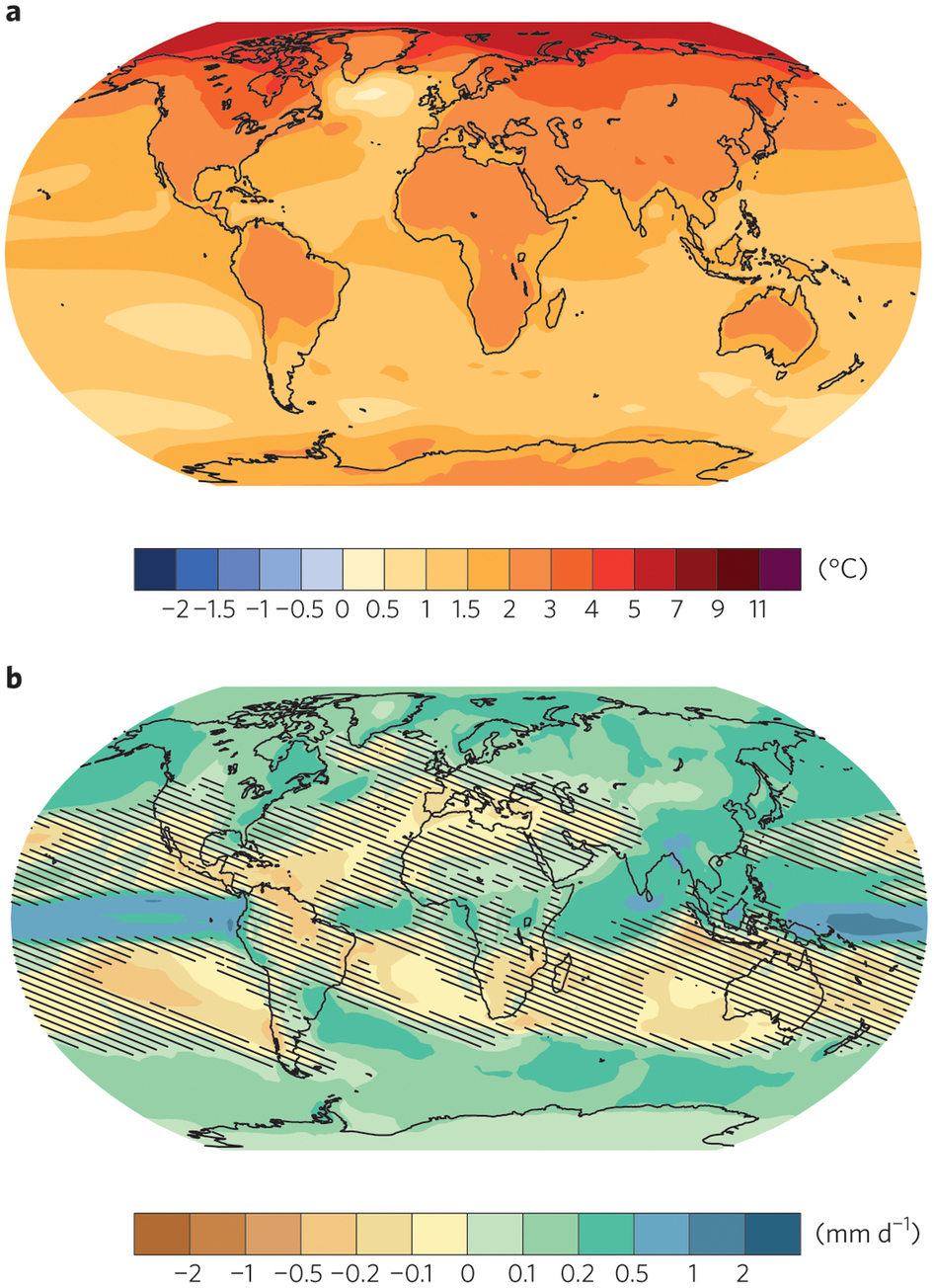Earth’s changing climate is one of the biggest challenges facing our nation. Its impacts vary regionally, impacting our society, economy, and ecosystems throughout the U.S. in different ways. Skillful projections and a robust understanding of regional climate change impacts are essential for supporting resiliency, planning, and decision-making; however, this information is generally considered to be unreliable.


Main findings include:
- Atmospheric circulation changes are the main source of uncertainty in regional climate projections;
- Atmospheric circulation changes are tightly coupled with the ocean in the tropics but are significantly driven by internal variability in the extratropics;
- Regional climate models do not automatically solve the problem of regional climate change as they inherit uncertainties from global models;
- and developing climate change dynamics and improving physical understanding are the current priorities to narrow the uncertainty in regional projections
Abstract:
Regional information on climate change is urgently needed but often deemed unreliable. To achieve credible regional climate projections, it is essential to understand underlying physical processes, reduce model biases and evaluate their impact on projections, and adequately account for internal variability. In the tropics, where atmospheric internal variability is small compared with the forced change, advancing our understanding of the coupling between long-term changes in upper-ocean temperature and the atmospheric circulation will help most to narrow the uncertainty. In the extratropics, relatively large internal variability introduces substantial uncertainty, while exacerbating risks associated with extreme events. Large ensemble simulations are essential to estimate the probabilistic distribution of climate change on regional scales. Regional models inherit atmospheric circulation uncertainty from global models and do not automatically solve the problem of regional climate change. We conclude that the current priority is to understand and reduce uncertainties on scales greater than 100 km to aid assessments at finer scales.
To access this paper online, visit: www.nature.com/nclimate/journal/vaop/ncurrent/full/nclimate2689.html



